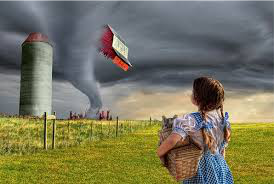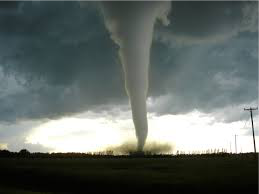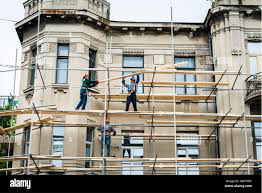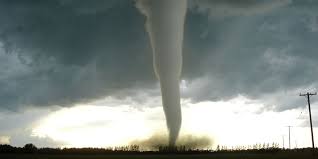 November 2024
November 2024
Canada’s rising population is encroaching on undeveloped areas prone to tornados that are typically undetected.
Canada is believed to experience more tornados than any country other than the United States, with the majority occurring in Ontario. Historically, about 60 tornadoes are reported annually in Canada. During the 2022 season, 117 tornados were reported which is closer to future estimates.
Tornado Alley, a strip in the United States across Texas, Oklahoma and Kansas has been moving eastward to more densely populated areas. That area is seeing fewer days of tornadoes more severe than in the past. In Canada, we are experiencing large tornados later in the summer rather than mid-July to late August as in the past.
Tornados are not reported when they occur in heavily forested and unpopulated areas with no witnesses and without damage to personal property. Western University has been gathering tornado data as part of their Northern Tornados Project. With higher population density, there have been more eyewitness accounts of tornadoes.
Tornados are random and can occur whenever there are thunderstorms. In Ontario, the greatest threat is along the Highway 401 corridor from Windsor through Toronto to Montreal.
Roofs in Canada are strong – designed to handle heavy snow and prevent collapse. Wind tries to lift roofs up and requires something to hold them down during a windstorm. High-rise buildings are structurally safe and less vulnerable to damage from tornados with the greatest risk coming from strong winds blowing loose furniture off balconies and equipment off roofs, and windows broken by debris and rocks followed by rain and wind entering units.
 Restoration companies report more calls from high-rise buildings for wind-related damage. In the past most damage was to older and unmaintained buildings. More recent windstorms have caused damage to newer roofing and wall systems, windows, vehicles and mature trees.
Restoration companies report more calls from high-rise buildings for wind-related damage. In the past most damage was to older and unmaintained buildings. More recent windstorms have caused damage to newer roofing and wall systems, windows, vehicles and mature trees.







